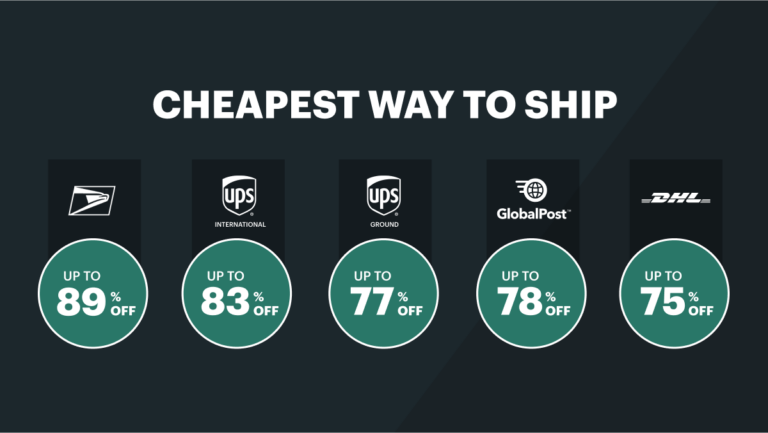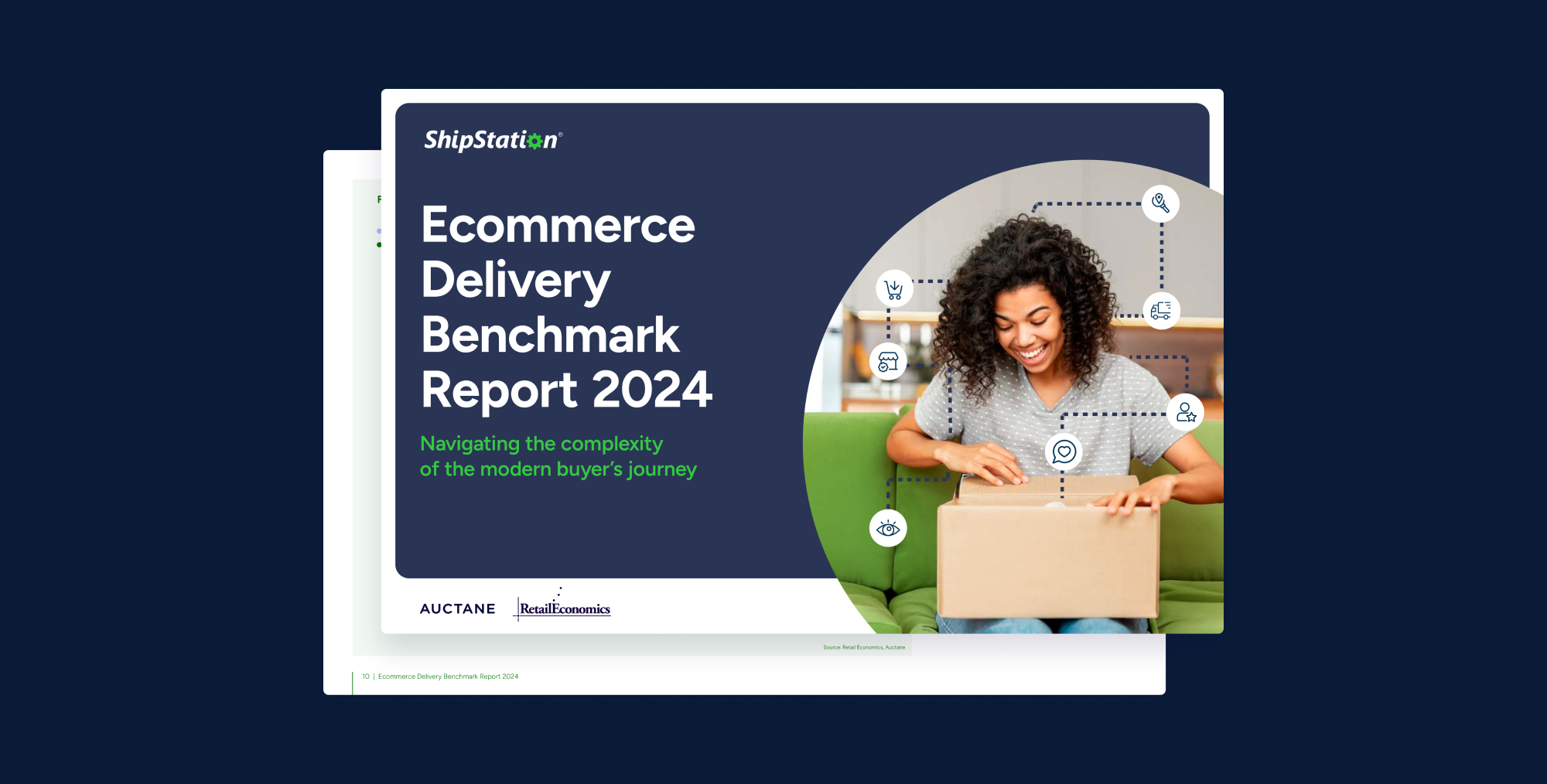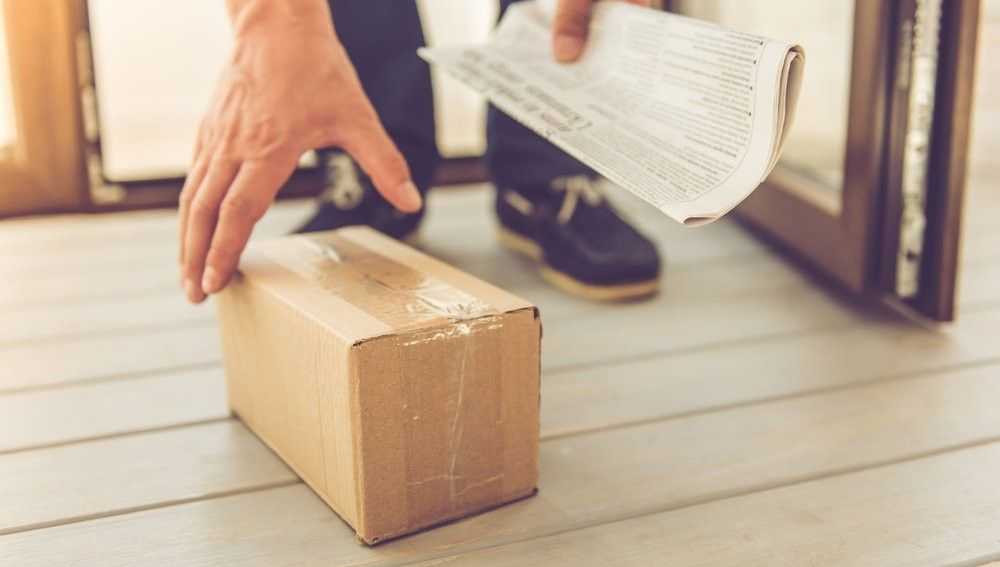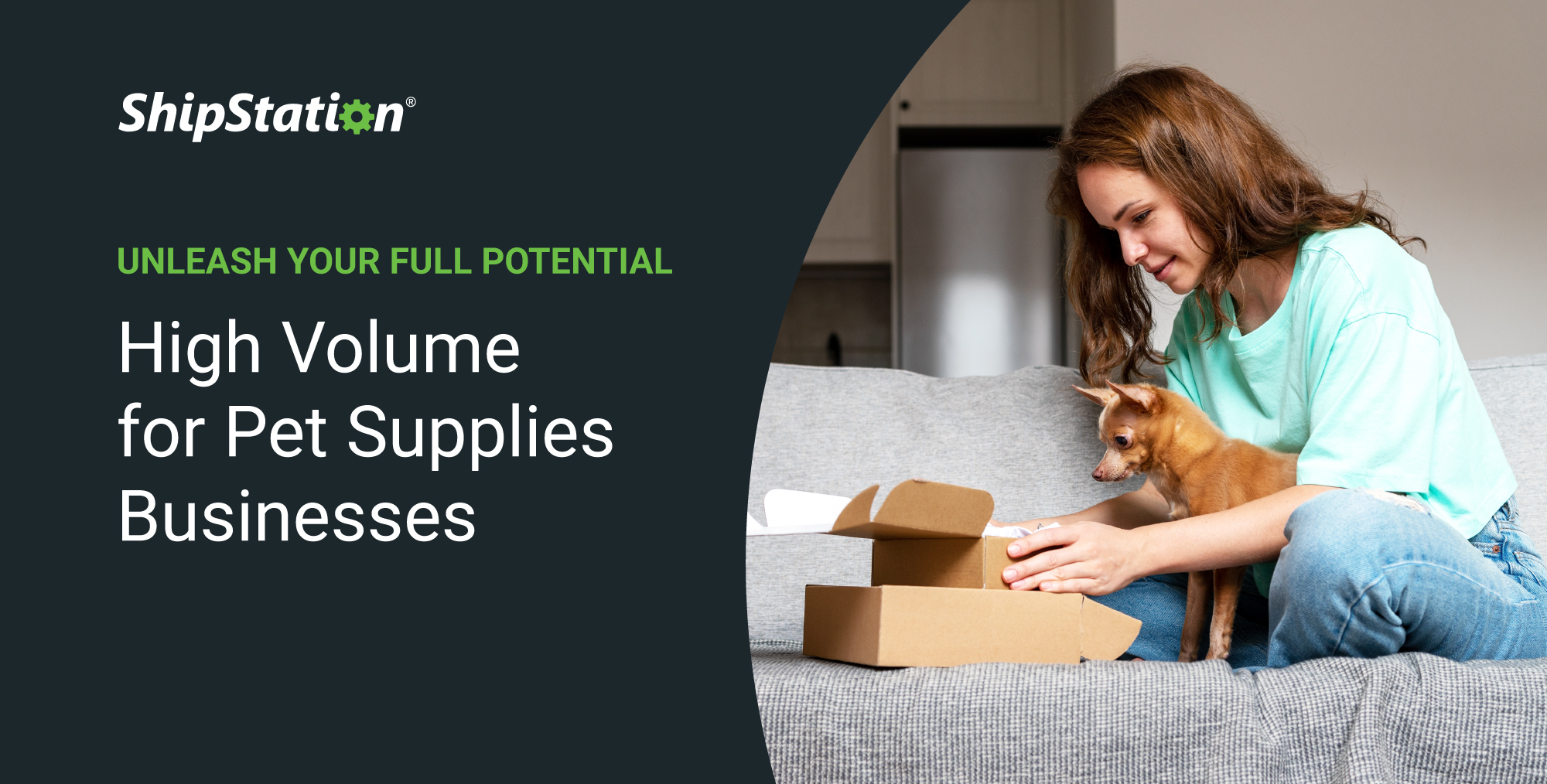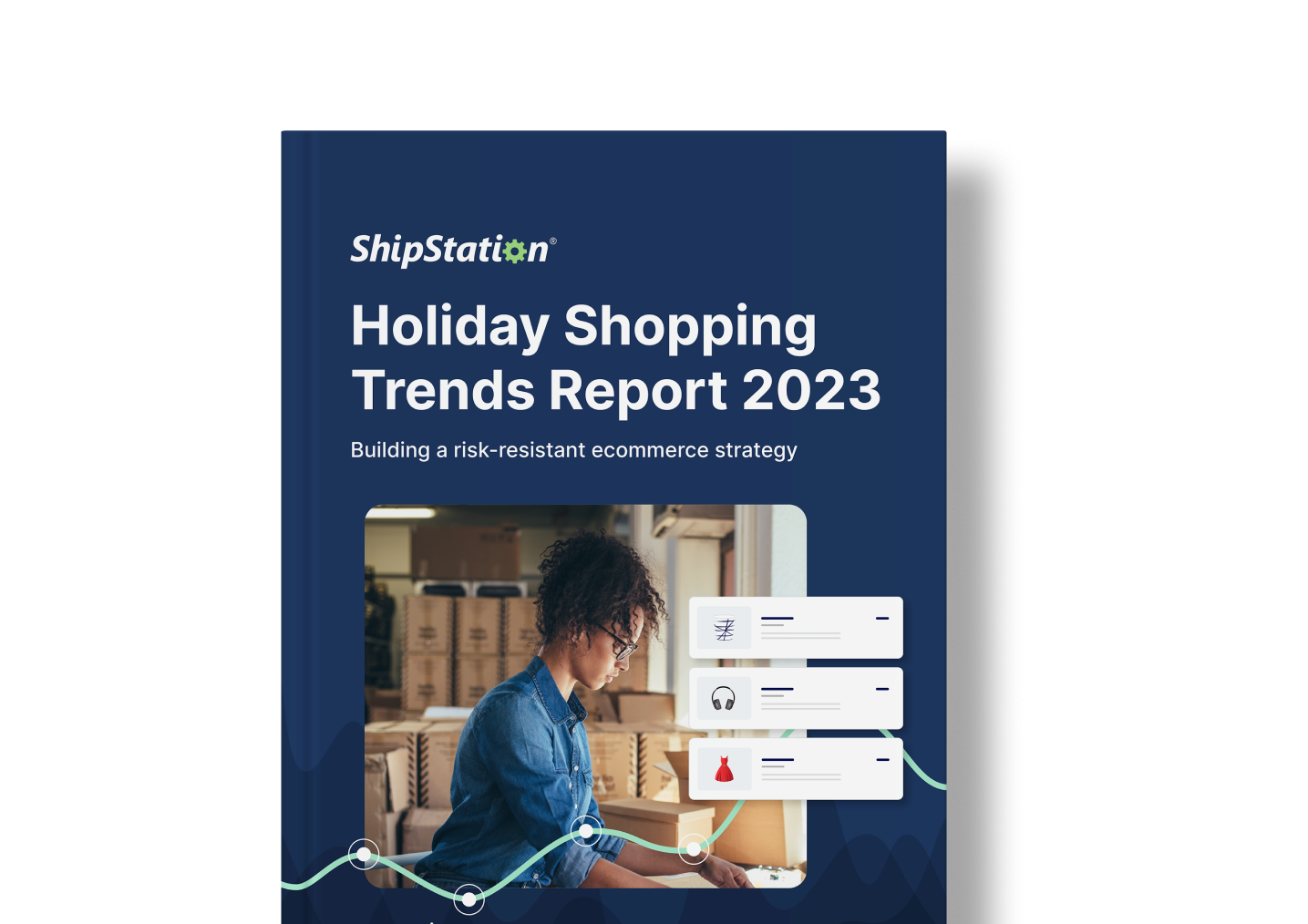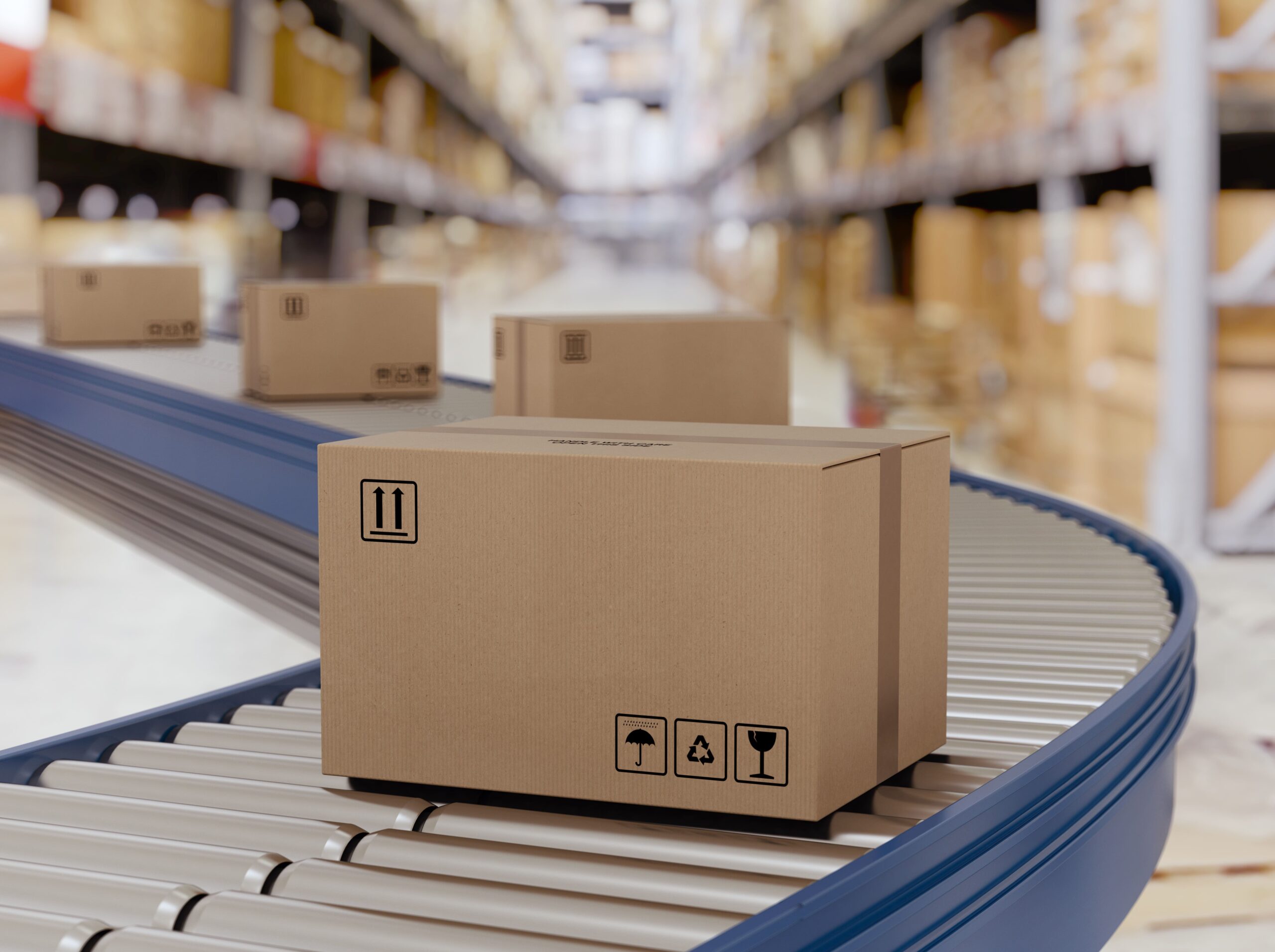How to Automate Shipping and Label Printing
Automating shipping doesn’t require you to have robots picking items off your shelf. With a few tweaks to your workflow, you can reduce manual clicks, data entry, and guesswork that comes with shipping. The fewer steps it takes to pack a box and print a label, the sooner your customers receive their package, and the earlier your day is done. Once you get the framework down of how you ship, the sooner you can set everything up and be done with it! While there are a few configurations you have to set up, they keep everything running smoothly. With a few quick steps, your warehouse can be running like clockwork.
Benefits of Automated Shipping
Automated shipping has several benefits that are crucial for a business to scale. Whether you ship a few parcels a day or thousands, there are always reasons you should reduce manual entry.
Advantage 1: Less Human Error
Some companies prefer to do everything by hand because it can feel safer. However, improperly entered shipping information like addresses, tracking numbers, and item information can cause a lot of issues in fulfillment. Even copy/pasting information from a selling channel or spreadsheet into your carrier website can have issues. You accidentally leave one number or letter out, and you can be sending the wrong orders to the wrong address. Automatically transmitting order data from wherever you sell to your shipping app not only helps reduce errors, it saves a lot of time too!
Advantage 2: Quicker Packing & Printing
Weighing, packing, and label printing can take a lot of time. Having weights automatically applied to an order and instantly printing labels lets you streamline the physical aspects of printing more effectively. Many selling channels native shipping features don’t let you ship many orders at once. Since a shipping application usually compiles all of your orders, you can print more labels at once—regardless of where they originated.
Advantage 3: Automate Tracking
Just because you stick a label on a box and send it off doesn’t mean the shipping process is done. You still need to let the customer and selling channel know the order has shipped. For instance, Amazon will ding your seller rating if you don’t update the tracking number and shipped status in time. Having a system that instantly transmits tracking information back to an order source lets you move onto another task more quickly.
Advantage 4: International Shipping Simplified
Taking your business internationally is a big step for any merchant. Having a tool that applies harmonization codes, tax IDs, and generate customs forms greatly reduces fulfillment time. You and your customer don’t care where the other is based. You both just want the order to reach its final destination as quickly and affordably as possible. Improved automation lets you treat your customers on the other side of the world like they live around the corner.
Automatically Send Orders to Shipping App
In this day and age, there is no need to copy customer information from the selling channel and paste it into a carrier shipping app. ShipStation allows you to automatically import orders from over 100+ selling channels and order sources into our easy-to-use application. When you go to create a shipping label, all you need to do is pack the box, verify the weight, and print the label.
Automatically Apply Shipping Services
When it comes to automating shipping, the main outcome is to automatically apply the right shipping specifications to your order and create the labels. In order to apply these specifications, you need to know which shipping services to use and when.
Which Shipping Services to Apply to Parcels Under 1 lb?
One of the most common automations in shipping is to apply USPS First Class Mail to any domestic parcel weighing under 16 ounces. Because this is so commonly the most affordable option for approved parcels is First Class Mail.
Which Shipping Services Work Best Over 1 lb?
When you get shipping discounts like those offered by UPS from ShipStation, it becomes less clear which shipping service is the most affordable. For instance, the destination of a parcel can impact which carrier works best, even if the parcel only weighs 17 ounces. USPS Priority Mail doesn’t have the same competitive edge it did on parcels weighing between 1–5 lbs.
How Distance and Shipping Zones Impact Rate
It’s best to first find your common shipping weights and zones and calculate the shipping rates before applying shipping preferences to an import automation. An understanding of shipping zones is crucial here. Rates don’t usually vary from zip code to zip code. Instead, domestic shipments’ prices vary based on zone. Zones range from the nearest, zone 1, to the furthest, zone 9 (territories). Calculate the rates between different carriers for packages with varying weights and dimensions. Once you determine the most affordable shipping service, you can apply it.
How Weight Impacts Rates
As an item begins to weigh more and move across the country, different carriers and services may become the more affordable or appropriate option. In these situations, you can use different combinations of zones and weight to assign different carriers.
How to Automatically Choose Packaging
Your packaging may change depending on what you are shipping. For instance, clothes may ship in a poly bag if it is a single-item order. However, as the size of the order increases, you may need to upgrade to a sturdier box. Because the items in a package and their quantity is a key factor in how they are shipped, you need to incorporate these factors into any automation processes you create.
Apply Single-Item Packaging
Single-Item orders typically get the same packaging regardless of service or destination. This helps you to create product-level automations. In ShipStation, we refer to this as a product default. With ShipStation,
Multi-Item Packaging
Multi-item orders can cause the weight, size, and type of packaging to change drastically. As a result, you need to understand how these criteria impact the chosen package type. A common way to deal with this in ShipStation is to use the item weight and/or total quantity. Different configurations of this can be what determines the difference between a poly bag, an envelope, or a package.
ShipStation allows you to create automation rules using Item Name or SKU. However, these automations only work on single-item orders. If you wish to automate multi-item orders, you would need to use order tags. By applying these tags to a product record, they will appear on an order. From there, the automation rules can use the appropriate criteria to apply actions.
Add Packaging Weight
If your item weight is entered, those weights can add up on its own. However, packaging may not be accounted for. This is especially true for orders that can cause discrepancies in shipping weight. As a result, automatically applying weight based on packaging is a crucial step.
Bulk Print Labels
Once your orders are weighed and the shipping preferences are applied, you are ready to print. Why spend any more time than you need to doing something so simple? With ShipStation you can create up to 500 labels at once. Regardless of where the order was placed, where your customer lives, what they ordered, or how you ship it, you can print your whole day’s labels in a few clicks.
How to Automatically Update Tracking
A shipment isn’t done once the label is on the box. You still have to update the selling channel and let the customer know that their package is on the way. Unless you love spreadsheets, exporting data, and copy/paste, this is something that you should be automating. While there are programs you can use to connect your carriers to the selling channel to update tracking data, a shipping program is the simplest solution.
Update Tracking in Selling Channel
Updating an order as shipped in a selling channel needs to happen as soon as possible. Instead of using a carrier platform that exports tracking data and lets you copy into the selling channel, shipping programs like ShipStation let you instantly transmit tracking as soon as a label is generated. This helps you stay on-time with your shipments. Additionally, if you are automating your shipping workflow with ShipStation, you can stay even more on top of your shipping volume. For marketplaces like Amazon, this can help lead you to getting the buy box on your merchandise.
Send Shipping Confirmation Emails to Customers
Shipping confirmations are some of the most commonly read emails you can send someone. And the sooner you send one, the quicker a customer’s concerns are minimized. Instead of waiting for tracking information to update in the selling channel and send from there, you can use ShipStation to automatically send shipping confirmation emails that contain a lot more detailed tracking information than you could find from a carrier tracking link!
International Shipping Automation
International shipping has a few barriers for merchant’s successful entry—pun intended. But once you have a smooth international shipping process down, you don’t need to worry about manually applying the same specifications every time. Those keystrokes add up. Again, manual entry is a gateway to errors.
How to Automatically Fill Out Customs
Filling out customs forms manually can be a long, tedious process. If you know your order has 3 teeshirts in it, so should your shipping program, and so should the carrier. It should be able to be filled out automatically! When your orders contain all the appropriate item and recipient information, ShipStation can automatically generate customs forms for most types of orders. Customs declarations can be stored on the product record and automatically applied to any necessary shipment produced within ShipStation. This either prints out on the shipping label, can be printed out alongside the label, or is electronically transmitted to the carrier.
Apply Export and Tax ID Application
Similar to how filling out customs declarations makes the customs experience smooth, applying Tax IDs can make process quick as well. This is something that you may need to apply to every international order. And if it is not filled out, you may be faced with a returned or abandoned international order.
How to Apply International Shipping Specifications vs Domestic
International shipping services follow a slightly different logic than their domestic counterparts. As such, you may find that you want to use USPS First Class International for parcels weighing up to 4 lbs. Or, instead of using USPS or UPS, you want to use DHL Express.
Conclusion
Automation helps businesses scale more efficiently. As you bring on new employees, new teams, and expand into new warehouses, having a shipping workflow down pact eases growing pains. ShipStation lets you assign orders to specific workers and can even require them to verify the contents a shipment before you can create a label. These features work alongside automation to make sure that as you send out your orders, the right shipment is going to the right customer.
If you’re ready to save a ton of time and money on shipping, sign up for a free ShipStation trial today.
